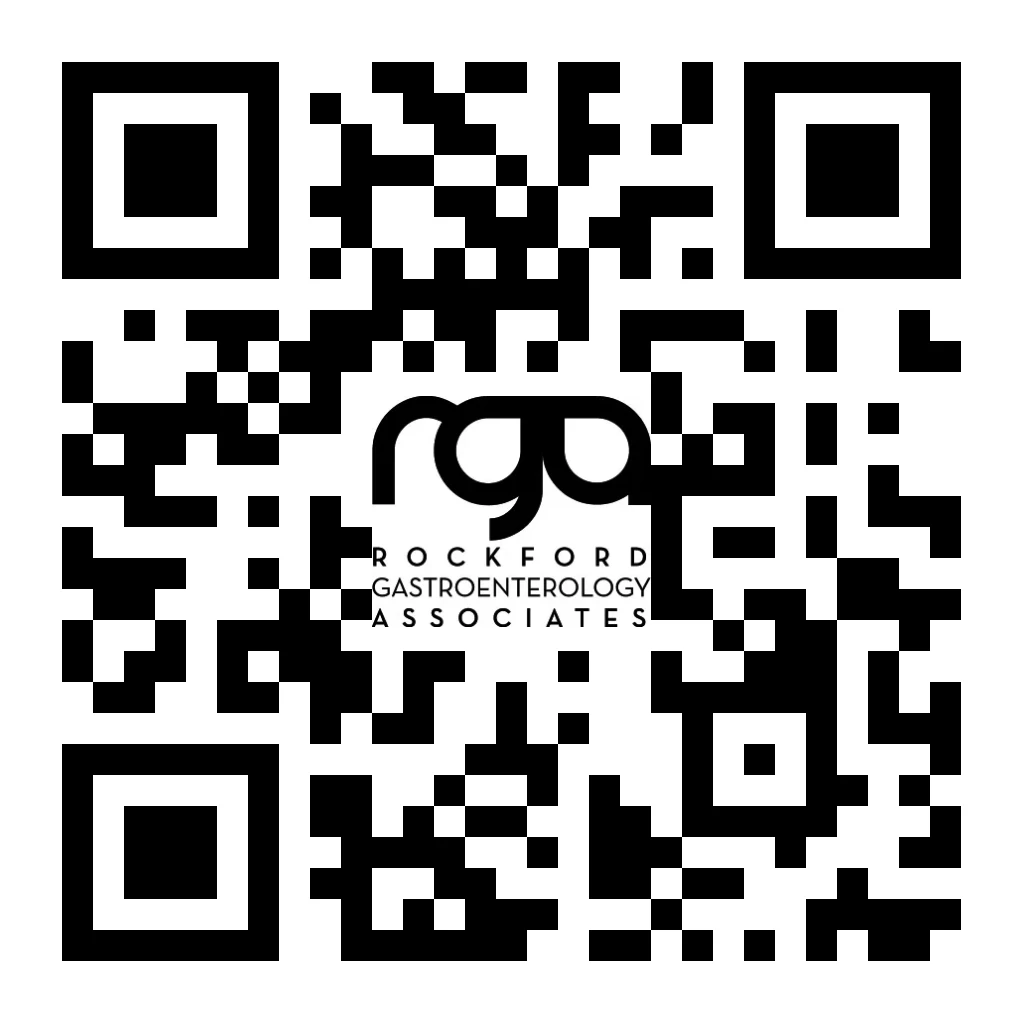Esophagitis and Stricture
The esophagus is the food tube that carries food and liquid from the mouth to the stomach. The stomach churns the food and secretes a strong acid that aids in digestion. A specialized muscle, known as the lower esophageal sphincter (LES), is located at the end of the esophagus. This muscle normally contracts firmly, relaxing only to allow food and liquid to pass from the esophagus into the stomach. This muscle maintains a certain pressure to keep the end of the esophagus closed, preventing stomach acid and digested food from moving back into the esophagus.
However, the LES muscle does not always work perfectly. It can easily be overcome by a number of factors, the most common being eating a large meal. Other agents that weaken the LES muscle and allow reflux of stomach juices are:
- Nicotine (cigarettes)
- Fried or fatty foods
- Chocolate
- Coffee
- Citrus fruits and juices
- Peppermints
- Pregnancy
General measures the patient can take to treat esophagitis are:
- Eat smaller and more frequent meals.
- Avoid eating for 2 hours before going to bed.
- Eliminate excessive bending, lifting, abdominal exercises, girdles, and tight belts, all of which increase abdominal pressure and provoke reflux.
- If overweight, lose weight. Being overweight causes reflux.
- Eliminate or significantly reduce consumption of nicotine (cigarettes), fatty foods, alcohol, coffee, chocolate, and peppermint.
- Elevate the head of the bed 8” to 10” by placing pillows or a wedge under the upper part of the mattress. In this way, gravity helps keep stomach juices out of the esophagus during sleep.
Antacids — These can and should be used often. Generally, antacids should be taken 30 to 60 minutes after eating and at bedtime. Liquids are preferred to tablets.
Drugs — Medicines are now available that effectively reduce or stop the secretion of stomach acid. These medicines are usually the most important part of treating esophagitis.
Surgery — Surgery is occasionally required to treat esophagitis, especially if a hiatal hernia is present and when the above steps have been ineffective. Newer laparoscopic surgery has simplified this procedure.
The lower esophagus can open to the size of a quarter or wider. When recurrent inflammation occurs in the esophagus, scarring develops, underlying tissues become fibrous, and the opening narrows. In advanced cases, this narrowing, or stricture, can be severe. The opening may be reduced to the size of a pencil or even smaller. Food and fluid are delayed and only move slowly across the opening into the stomach. A large piece of food, such as meat, may completely block the esophagus. As mentioned, cancer can narrow the esophagus in the same way. Therefore, it is critical that the physician rule out this diagnosis.
The physician can use a variety of methods to gently but forcefully open, or dilate, a stricture. Dilatation is often performed in conjunction with an upper endoscopy exam. One of the following dilatation methods may be used. See the section on Esophageal dilation.
Esophagitis and esophageal strictures can cause discomfort and difficulty swallowing. At Rockford Gastroenterology Associates, our gastroenterologists in Rockford, Belvidere, Roscoe, and Rockton, Illinois, offer expert care for diagnosing and treating these conditions. Schedule an appointment today to explore personalized treatment options and regain comfort in your digestive health.

